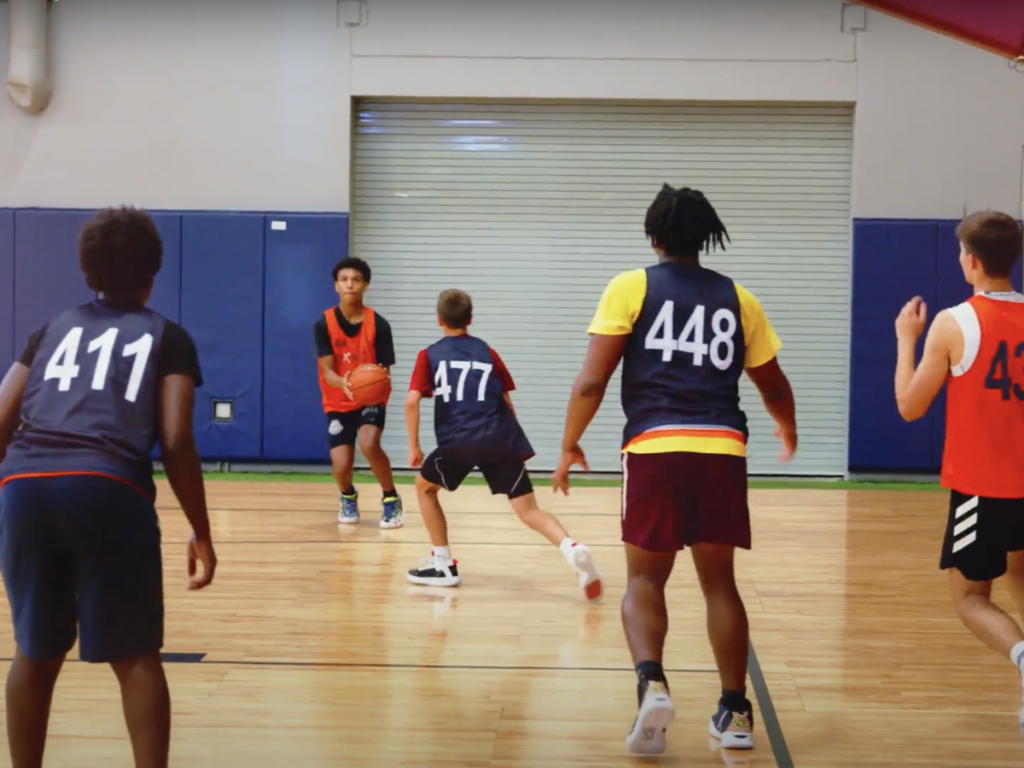
Athlete Training guide: The Principle of Overload
The overload principle states that in order to keep making gains from an exercise program, you must find some way to make it more difficult. This is because bodies adapt to exercise. This is one of the many things college coaches look for in potential athlete recruits.
The problem is that once your body adapts to a given workload, it will not continue to adapt unless the workload is increased somehow. If you do not continue to adapt, then eventually you will plateau and regress. Having stated that it is necessary to make conditioning programs more difficult, one caution should be kept in mind: you must observe specificity when applying the overload principle.
Performing a set of twenty might be a way of making the workout more difficult, but if you need to enhance the phosphagen energy system then you are violating specificity.
Overload Principle In A Strength and Conditioning Program:
- Increase the weight lifted
- Increase the volume of work
- Change the exercises employed
- Modify the order of the exercises
- Alter the rest periods
Increasing the weight that is lifted will make the workout more difficult. Heavier weights will force your muscles, connective tissue, bone and nervous system to adapt. Lifting heavier weights will also cause you to initially perform fewer repetitions with the weight.
Increasing the volume of work—either number of sets, number of repetitions, or some combination thereof—will result in your body having to adapt to it. This is one of the main ways to elicit larger muscles and connective tissue adaptation from strength training. One should be careful with this method of applying overload; a volume that is too great will train the wrong energy system.
Change Up Your Exercises
Changing the exercises employed is a way to increase overload that many individuals are reluctant to use. Many people feel that the exercises they are performing are the only ones that can elicit certain gains. This is not so. Changing the exercises has a number of benefits, including keeping the workouts interesting and requiring your body and nervous system to adapt to resistance imposed in a totally different way. There are many exercises that train the same movement and the same muscle groups, this means that you do not have to rely on one exercise to train a given area.
Optimize Your Workout Routine
The order that exercises are performed is another way to provide overload. By changing when exercises are performed, you make some exercises more difficult to perform and others easier. For example, in your current workout your exercise order may look like this: bench press, incline press, dumbbell flies. Now, let’s change the order of exercises so that the new workout looks like this: dumbbell flies, incline press, bench press.
The result of this change is that you will be able to lift more weight on the dumbbell flies and incline press, because they are performed while you are fresher. You will lift less weight on the bench press, because it will be performed while you are fatigued. Not only will you become stronger on the first two exercises, but you will also keep your workouts interesting and this will also help your body to adapt in a different manner because you are focusing on the first two exercises instead of the bench press.

Modify Your Athletic Rest
A final way to provide overload is to modify the amount of rest. This must be used carefully to ensure that you are observing specificity. By increasing the amount of rest in between sets, you allow your body to recover more completely. This means you will be able to lift heavier weights with a greater number of repetitions. The benefit oft this approach to training is that it allows you to increase your strength on exercises.
Conversely, if you shorten the amount of rest in between sets, you do not allow yourself as much recovery. It becomes more difficult to lift a given amount of weight. While this does not do as good a job of increasing strength, it does force the muscles to grow to adapt to the rest period.
Bottomline
Overload is not something that only needs to be applied on a daily basis, it must be applied over a lifetime of training. The final principle deals with the importance of applying overload logically over time. These training tips are taught in college-style training and can be accessible to young aspiring college athletes who attend a college ID camp.
